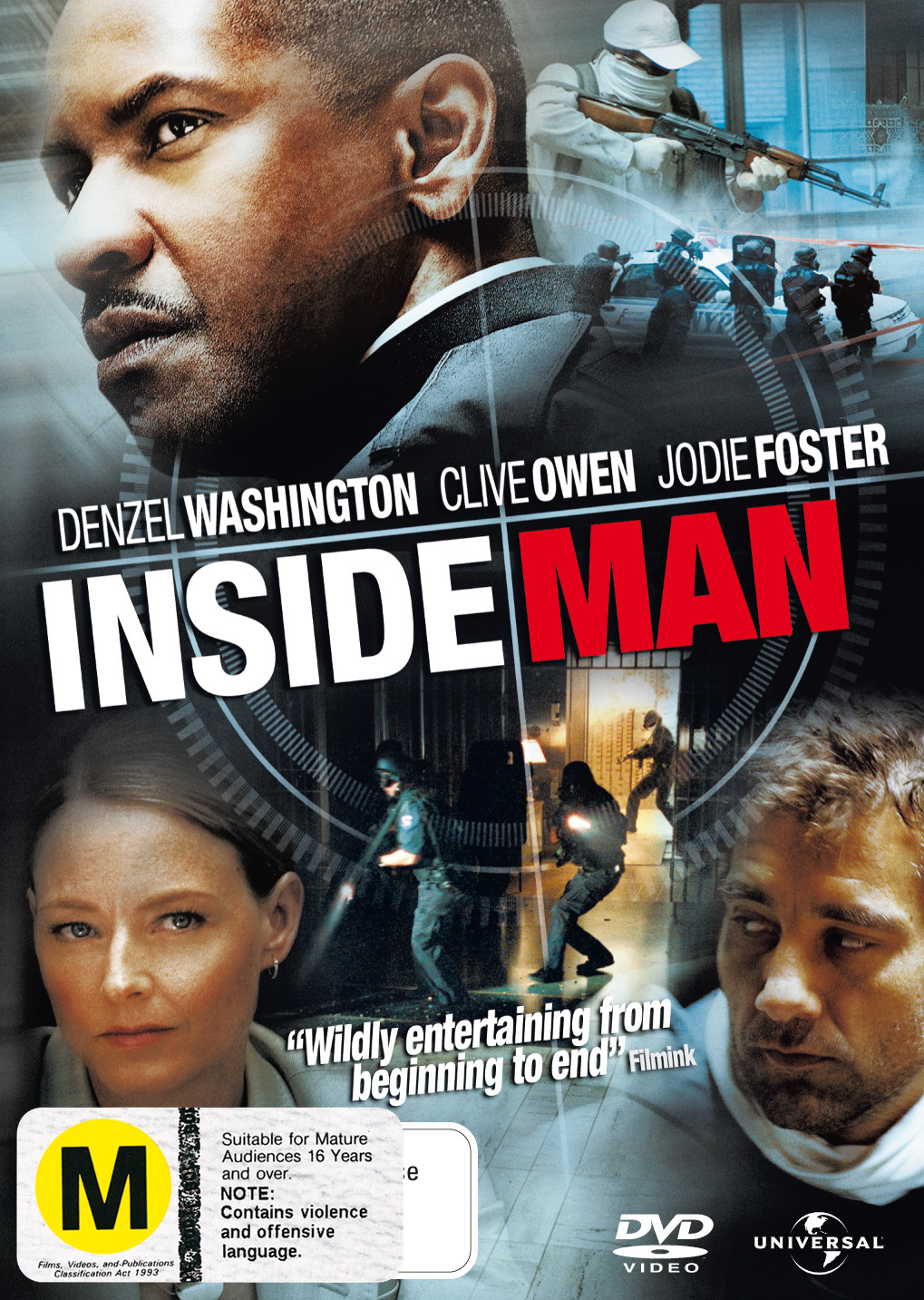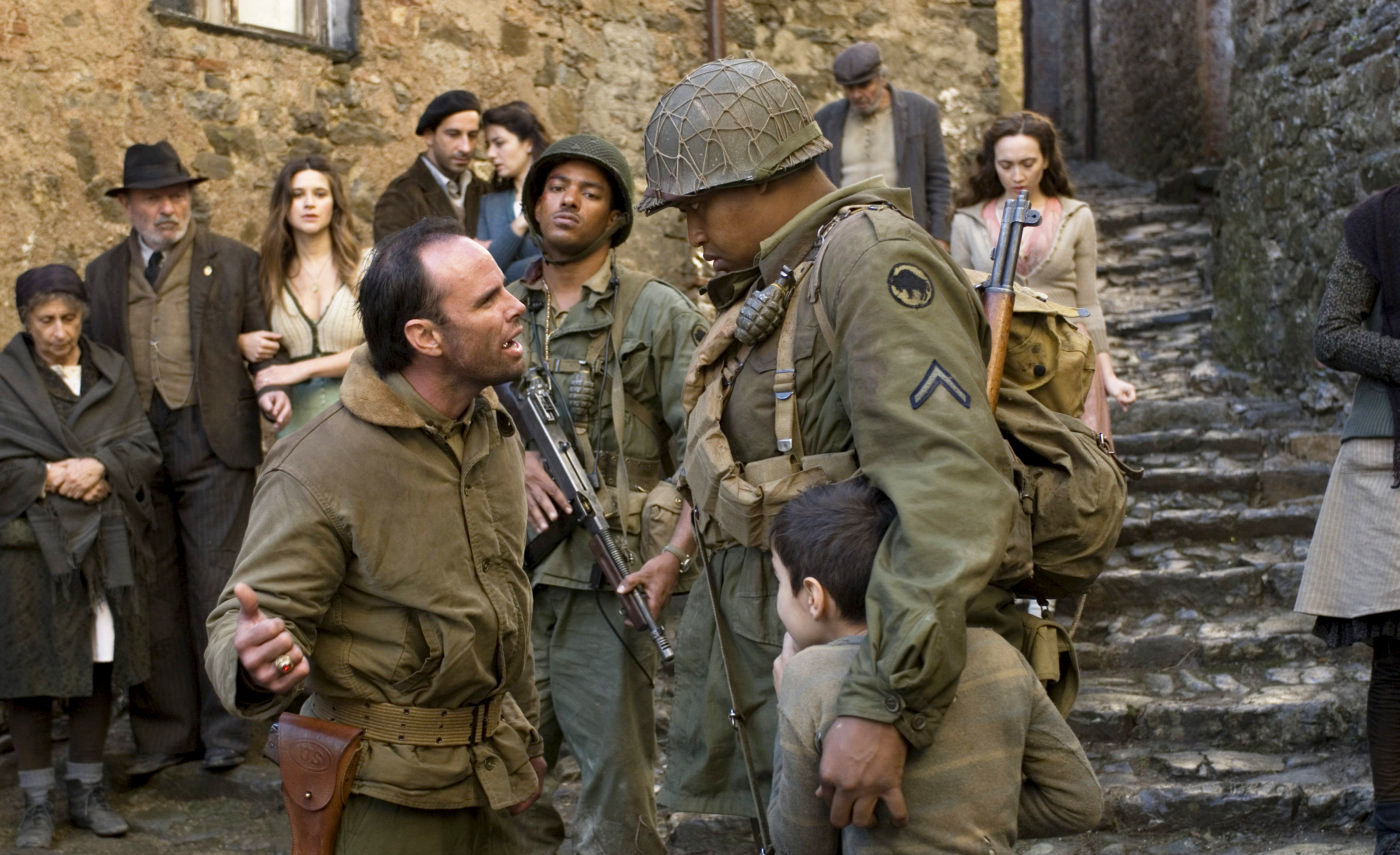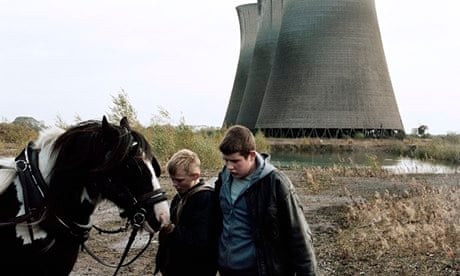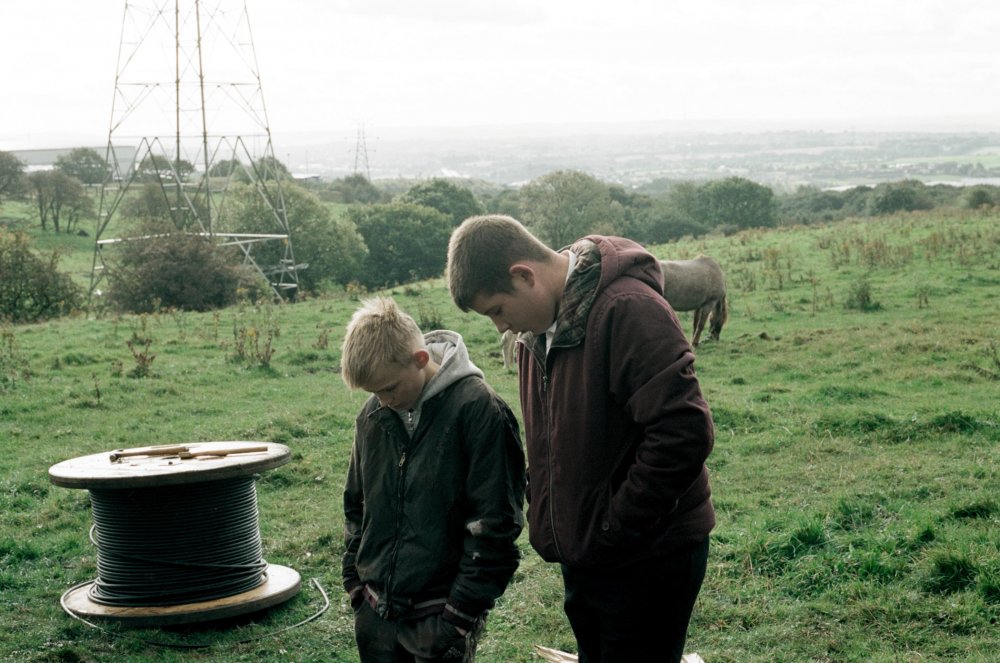



In this piece, I am going to be comparing and analysing two Quentin Tarantino films (Django Unchained and Reservoir Dogs) and two Spike Lee films (Do the Right Thing and Inside Man).
Reservoir Dogs was produced on 15 January, 1993 and it is a
crime, drama film directed and written by Quentin Tarantino and produced by
Lawrence Bender with Live Entertainment and Dog Eat Dog Productions Inc. Django
Unchained is Tarantino’s most recent film and it is a western crime drama, produced
on the 18 January, 2013 by Reginald Hudlin and Stacey Sher with Weinstein
Company and Columbia Pictures. It is interesting to see how the production
companies and producers have changed from Tarantino's first feature film to his
most recent one, especially as Lawrence Bender has produced a lot of his films.
Spike Lee’s film, Do the Right Thing on the other hand was produced on the 23
June, 1989. It is a crime, drama, comedy, social realism film also written and
produced by Spike Lee along with 40 Acres & A Mule Filmworks. Inside Man is
a slightly more recent film, produced on the 24 March, 2006 by Brian Grazer
with 40 Acres & A Mule Filmworks. It was written by Russell Gewirtz and it
covers the genres of crime, drama and thriller. The name, 40 Acres & A Mule
relates strongly to Spike Lee because the phrase was used throughout the South
after the American Civil War and it asserts the right of newly freed African Americans
to redistributed lands. Lee was brought up as an African American and his
ancestors were slaves so the name of his production company is personal to him
and also relates to the themes expressed in his films.


These four films share fairly similar genres and crime
appears in all of them but it is explored in different ways. Django Unchained
is about a freed slave, Django (Jamie Foxx) who is trained by Dr. King Schultz
(Christoph Waltz) to become his deputy bounty hunter with the promise that he
will help rescue Django’s wife, Broomhilda (Kerry Washington) from plantation
owner, Calvin Candie (Leonardo DiCaprio). One of the genres is crime because they
violently seek revenge on those carrying bounties until they are eventually led
to the location of Broomhilda. Very differently, Do the Right Thing is set on
the hottest day of the year in Brooklyn, New York. It stars Spike Lee (Mookie),
Danny Aiello (Sal), Ossie Davis (Da Mayor), Giancarlo Esposito (Buggin’ out)
and Bill Nunn (Radio Raheem). Everyone’s anger and frustration builds up and
explodes into violence which brings out the worse in everyone and especially
towards the end, various crimes take place which include fights, murders and
racial slurs. Reservoir Dogs and Inside Man are very similar regarding concept
and genre because they are both about heists, Reservoir Dogs being a jewellery
robbery and Inside Man being a bank robbery, which turn out to be more
complicated than planned. The robbery in Reservoir Dogs goes completely wrong
and only four survive of the six criminals and when they gather together, they
begin to suspect that one of them in an undercover police officer. The
narrative is non-linear and it stars Harvey Keitel (Mr White), Tim Roth (Mr
Orange), Michael Madsen (Mr Blonde), Steve Buscemi (Mr Pink) and Lawrence
Tierney (Joe Cabot). The narrative of Inside Man is also non-linear and from a
cell, Dalton Russell (Clive Owen) tells the audience about his perfectly
planned heist which leads into a hostage situation in which the intensity is
increased due to the involvement of police detectives Keith Frazier (Denzel
Washington) and Bill Mitchell (Chiwetal Ejiofor), the banks president, Arthur
Case (Christopher Plummer) and high power broker, Madeleine White (Jodie
Foster).


The budgets for the four films definitely differ, with the
later films of Django Unchained and Inside Man having the larger budgets due to
Quentin Tarantino and Spike Lee being more established film makers at this
point so could be more confident about making a larger amount of money in the
box office. The budget for Django Unchained was the largest at $100,000,000 and
it made an incredible $425.4 million in the box office which is much more than
Inside Man which made $184.4 million in the box office after having a budget of
$45,000,000. Reservoir Dogs and Do the Right Thing of course had lower budgets
as they were the earlier films of Tarantino and Spike but as Reservoir Dogs was
Tarantino’s first feature film, it did not do as well as Do the Right Thing. RD
had a budget of $1,200,000 and it made $2.8 million in the box office whereas
DTRT had a budget of $6,500,000 and made $37.3 million in the box office. When
comparing these statistics, you can really see how the directors have improved
and become more established, especially Quentin Tarantino as he went from $2.8
million to $425.4 million in the space of 20 years, whereas Spike Lee only went
from $37.3 million to $45 million in the space of 17 years.


These films have been rated very highly by critics, although
I would personally rate them all slightly higher. Django Unchained was given
8.5/10 from IMDb and 88% from Rotten Tomatoes in which the site also gave an
audience score of 91%. Los Angeles Times, Betsy Sharkey said: “In
"Django," Tarantino is a man unchained, creating his most articulate,
intriguing, provoking, appalling, hilarious, exhilarating, scathing and
downright entertaining film yet.” However Movieline, Alison Willmore said “The
film also comes across like a rough cut that was never looked at as a coherent
whole, and some segments that start off as promising become interminable while
others feel entirely unnecessary. There's no pressure on or expectation for
Tarantino to please anyone other than himself, and the film feels overstuffed
with ideas that should have been pruned.” Reservoir Dogs also achieved a high
score from IMDb at 8.4/10 and Rotten Tomatoes gave it 92% with an audience
reception of 94%. The Globe and Mail (Toronto), Rick Groen said: “Reservoir
Dogs sizzles - it's dynamite on a short fuse, and you watch it with mesmerized
fascination, simultaneously attracted and repelled by the explosion you know
will come.” However Wall Street Journal, Julie Salamon said: “The only thing
Mr. Tarantino spells out is the violence. I have seen much more blood spilled,
yet I felt sickened by the coldness of this picture's visual cruelty.”

Inside Man was given 7.7/10 from IMDb and 86% from Rotten
Tomatoes with an audience reception of 85%. The Hollywood Reporter, Kirk
Honeycutt said: “This is the mother lode all action/suspense directors search
for and Lee, who usually doesn't work in that genre, has hit it.” However Dallas
Observer, Michael Atkinson said: “Inside Man is irrelevant, another
semi-high-tech mega-heist movie, the rhythms and tropes of which we are all as
familiar with as we are with the wallpaper facing our toilets.” Do the Right
Thing was given 7.9/10 from IMDb and 92% from Rotten Tomatoes with an audience reception
of 90%. The Chicago Sun-Times, Sheila Benson said: “It comes closer to
reflecting the current state of race relations in America than any other movie
of our time.” However Time, Richard Corliss said: “To accept the film, though,
one must first understand its point of view, and that is maddeningly difficult.
All we know for certain is that Do the Right Thing is not naturalistic.”

Django Unchained definitely shares many similarities with
Inglorious Basterds in terms of revenge and extreme violence. In both, the
protagonist/s brutally defeats their antagonist to result in a somewhat happy
ending for them. Reservoir Dogs shares the intense secrecy that IB uses and the
idea of ‘going behind someone’s back’ so to conclude, Quentin Tarantino’s films
are easily recognisable. When compared to Miracle at St. Anna, Inside Man is
completely different and does not necessarily explore deep and meaningful
issues that revolve around race unlike Do the Right Thing, which explores racial
stereotypes. However, I have noticed that Spike Lee’s films use black
protagonists which make his films much more personal to him and he is
constantly taking a patriotic approach.
In conclusion, I thoroughly enjoyed each of these four films
because they had strong themes, gripping narratives and well developed
characters so I would definitely recommend them to someone. I was already a fan
of Tarantino’s work so had high expectations for Reservoir Dogs and Django
Unchained which were met but I was pleasantly surprised by Do the Right Thing
and Inside Man because I did not expect to enjoy them as much as I did so I
have warmed to the work of Spike Lee. Overall however, my favourite film of the
four was by far Django Unchained because the performances were absolutely
incredible, especially Christoph Waltz who is a main antagonist in Inglorious
Basterds, and the intriguing narrative was enhanced by the extreme violence, a
common trademark of Tarantino’s films.




 Quentin Tarantino
Quentin Tarantino  Spike Lee
Spike Lee 


















